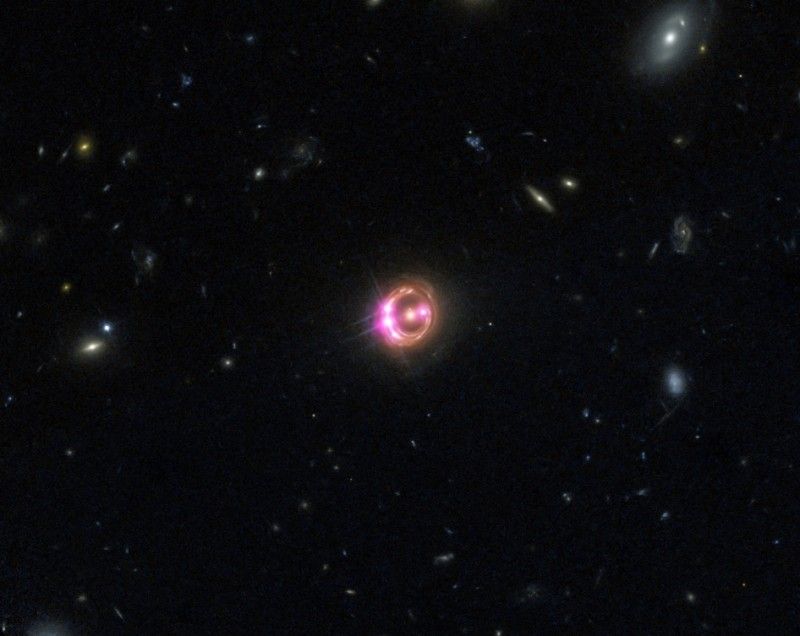
Cruithne (CREW-een-ya) is an asteroid with a bizarre orbit. when viewed from an Earth frame of reference (Stationary Earth). It describes a series of bean shapes. Over the course of 770 years the series completes a horseshoe-shaped movement, with the Earth in the gap of the horseshoe. It approaches the Earth from one direction, then it moves away and makes more bean shapes as it moves around the Sun, until it approaches Earth from the other side, and then moves away again. Studying the animation will show you that Cruithne never really goes around Earth. At times the orbit brings Cruithne underneath the south pole of the Earth (40 times farther away than the Moon), and at other times it can be seen on the other side of the Sun.
Orbital Period: One Earth Year!
Cruithne is at a balance point where its average orbital period around the Sun is the same as Earth – one year. Cruithne’s orbit takes it inwards towards the orbit of Mercury, and outside the orbit of Mars. Cruinthe’s fast motion when it is close to Mercury’s orbit is compensated by its slow motion when it lies beyond the orbit of Mars. The Earth helps maintain the orbit of Cruithne by “shepherding” it. At a slow point, the Earth’s gravity gives it a pull and speeds it up. At a fast point, the Earth’s gravity slows it down.
Because the asteroid and the Earth do not go around the Sun in exactly the same amount of time every year, (the asteroid is currently going around slightly faster than the Earth), the position of the bean-shaped loop relative to the Earth varies over time. If the asteroid and the Earth were not in a special arrangement, the Earth would face potential danger as the asteroid would eventually drift towards our planet. However, in their current relationship, the direction of drift is reversed every time it approaches the Earth. It is as if the Earth uses gravity in a clever way to regulate the asteroid and keep it at a safe distance.
Cruithne is about three miles in diameter (5 km) and was discovered by D. Waldron in 1986. It cannot be seen by the naked eye. The odd orbit was discovered in 1997. Astronomers working at Queen Mary and Westfield College in London came up with mathematical models to describe its path. Two other asteroids have been discovered which travel in a similar way as Cruithne; 1998 UP1 and 2000 PH5.
The name Cruithne refers to one of the earliest Celtic tribes known to have inhabited Britain and Ireland. They may have been the first Celtic tribe to migrate from the mainland, or they may have been descendents of prehistoric tribes indigenous to the British Isles since the stone age.





